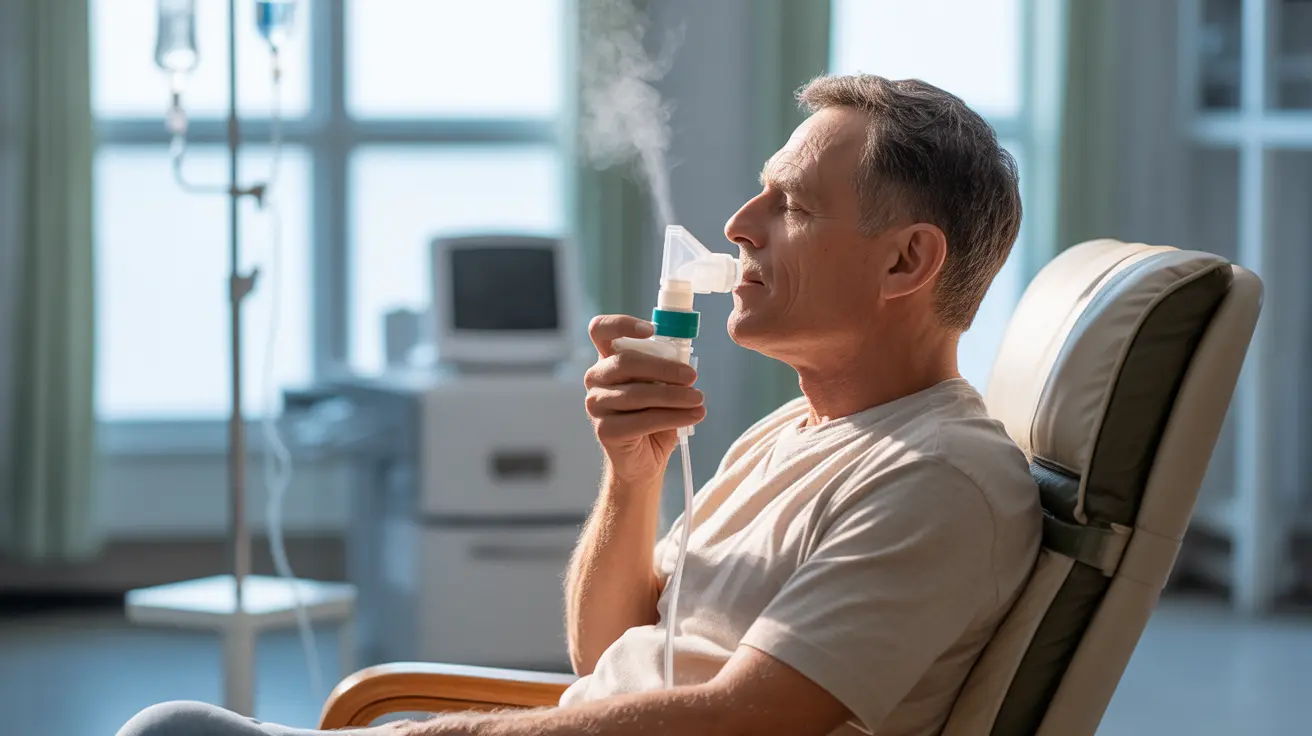Living with Chronic Obstructive Pulmonary Disease (COPD) means being prepared for potential flare-ups, also known as exacerbations. These episodes can be frightening and potentially serious, but understanding effective treatment options is crucial for managing them successfully. This comprehensive guide explores various treatment approaches and when to seek professional medical care.
Understanding COPD Flare-Up Treatment Options
Treatment for COPD flare-ups typically involves a multi-faceted approach, combining immediate relief measures with longer-term management strategies. The severity of the exacerbation determines the specific treatment protocol required.
Immediate Relief Medications
When experiencing a COPD flare-up, quick-relief medications play a vital role in managing symptoms. These typically include:
- Short-acting bronchodilators (rescue inhalers)
- Nebulizer treatments
- Combination inhalers containing both bronchodilators and corticosteroids
Oral Medications and Antibiotics
In some cases, healthcare providers may prescribe additional medications to address severe symptoms:
- Oral corticosteroids to reduce inflammation
- Antibiotics if bacterial infection is suspected
- Mucolytics to help thin mucus secretions
Oxygen Therapy During Flare-Ups
Supplemental oxygen becomes crucial during COPD exacerbations when blood oxygen levels drop. Your healthcare provider will monitor your oxygen saturation levels to determine the appropriate flow rate and duration of oxygen therapy.
Managing Oxygen at Home
If prescribed supplemental oxygen, it's important to:
- Follow prescribed flow rates carefully
- Monitor oxygen saturation with a pulse oximeter
- Keep backup oxygen supplies available
- Maintain proper safety precautions with oxygen equipment
Preventive Measures and Lifestyle Changes
Preventing future flare-ups is as important as treating current ones. Key preventive strategies include:
- Following a consistent medication routine
- Getting recommended vaccinations
- Avoiding triggers like smoke and air pollution
- Maintaining good nutrition and hydration
- Practicing regular airway clearance techniques
Advanced Treatment Options
For severe COPD flare-ups that don't respond to standard treatments, more intensive interventions may be necessary. These can include:
- Hospital admission for intensive monitoring
- Intravenous medications
- Mechanical ventilation support
- Specialized respiratory therapy treatments
Frequently Asked Questions
Q: What are the most effective treatments for managing a COPD flare-up at home?
A: The most effective home treatments include using prescribed rescue inhalers, following your action plan, practicing pursed-lip breathing, using proper positioning techniques, and staying calm. Keep in regular contact with your healthcare provider and use any prescribed medications as directed.
Q: When should I use oral corticosteroids or antibiotics during a COPD exacerbation?
A: Oral corticosteroids and antibiotics should only be used under direct medical supervision. Your healthcare provider will prescribe these medications if they determine your flare-up is severe enough or if there's evidence of bacterial infection.
Q: How does supplemental oxygen help during a COPD flare-up and when is it necessary?
A: Supplemental oxygen helps maintain adequate oxygen levels in your blood when your lungs cannot do so effectively during a flare-up. It becomes necessary when your oxygen saturation drops below prescribed levels, typically 88-92%, as determined by your healthcare provider.
Q: What lifestyle changes and preventive measures can reduce the risk of COPD flare-ups?
A: Key preventive measures include smoking cessation, avoiding environmental triggers, maintaining good hygiene, getting regular exercise as tolerated, following a healthy diet, and staying current with vaccinations. Regular medical check-ups and medication compliance are also essential.
Q: When is mechanical ventilation needed for a severe COPD flare-up and how does it work?
A: Mechanical ventilation becomes necessary when other treatments aren't sufficient to maintain adequate oxygen levels or remove carbon dioxide. This usually occurs in severe exacerbations where respiratory failure is imminent. The ventilator helps by providing breathing support through a tube inserted into the airway.




